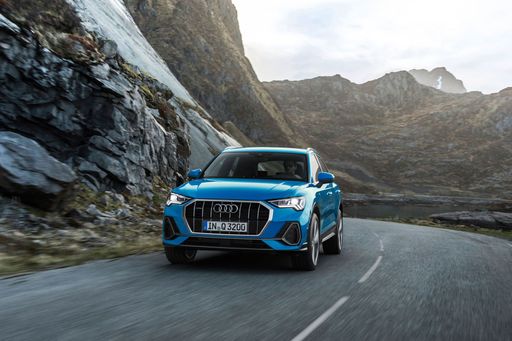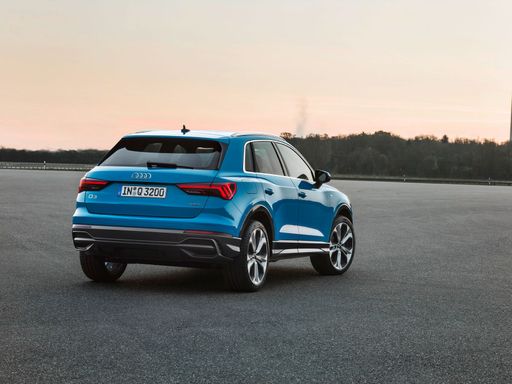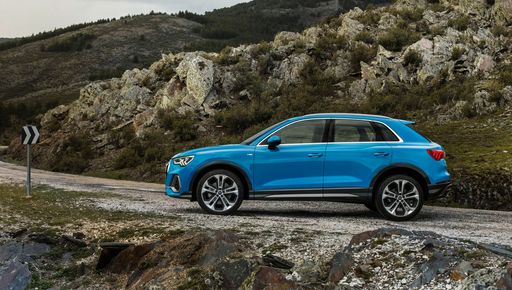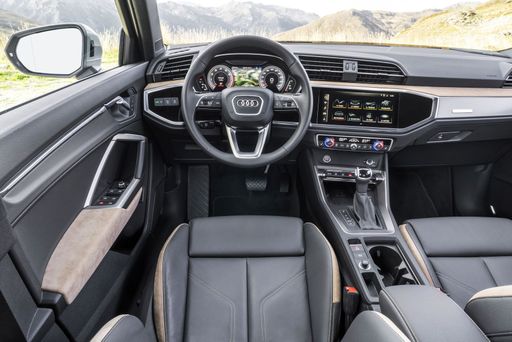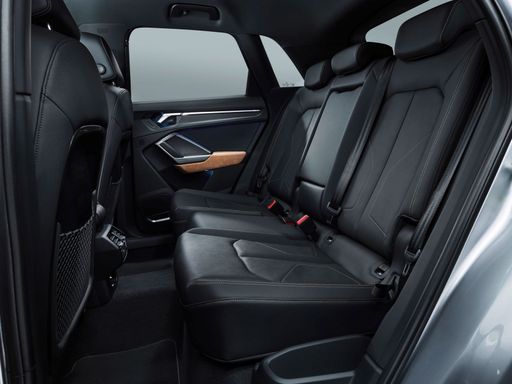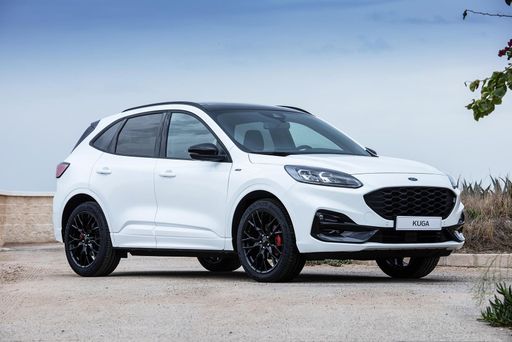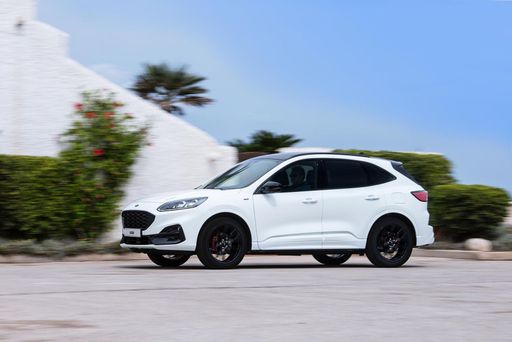Audi Q3 vs Ford Kuga: A Comprehensive Comparison
As the SUV market continues to expand, two prominent contenders—the Audi Q3 and the Ford Kuga—stand out. Both vehicles bring their unique features and innovations to the table, catering to a diverse set of drivers. In this article, we will delve into the technical aspects, performance, and features of each model to help you decide which SUV suits your needs best.

